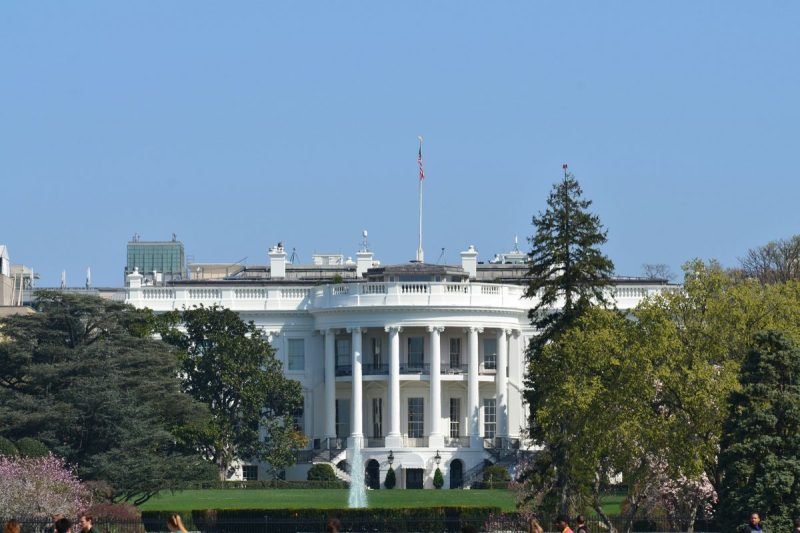In a recent analysis of international mine development times, S&P Global found that the United States is being outpaced by most other countries in this crucial sector. This discrepancy raises important questions about the factors influencing mine development timelines and the potential implications for the U.S. economy and global competitiveness in the mining industry.
One of the key findings highlighted by the report is the significant discrepancy in mine development times between the United States and other countries. While some nations are able to bring new mines into production relatively quickly, the U.S. lags behind, facing delays and obstacles that hinder the timely development of its mining projects. This trend is concerning as it suggests that the U.S. may be missing out on opportunities to capitalize on its mineral resources and contribute to global supply chains.
The report points to several factors that may be contributing to the slower mine development times in the United States. Regulatory hurdles and permitting processes are identified as significant challenges that can prolong the timeline for bringing new mines online. In addition, environmental considerations and community engagement requirements can add further layers of complexity to the development process, further delaying projects.
By contrast, other countries have streamlined their regulatory frameworks and permitting processes, enabling more efficient and timely mine development. These nations have been able to strike a balance between environmental protection and economic development, allowing them to capitalize on their mineral resources while ensuring responsible mining practices.
The implications of the U.S.’s slower mine development times are far-reaching. In addition to hindering domestic mineral production and economic growth, delays in bringing new mines online can impact global supply chains and trade dynamics. As demand for critical minerals continues to rise, countries with faster mine development times may gain a competitive edge in the global market, potentially displacing the U.S. as a key player in the mining industry.
Addressing the challenges that contribute to slow mine development times in the United States will be crucial for enhancing the country’s competitiveness and ensuring sustainable resource development. Policymakers, industry stakeholders, and regulatory bodies must work together to streamline permitting processes, improve regulatory efficiency, and foster innovation in the mining sector.
In conclusion, the S&P Global report sheds light on an important issue facing the U.S. mining industry. By understanding the factors contributing to slower mine development times and taking proactive steps to address these challenges, the United States can enhance its position in the global mining market, promote economic growth, and ensure a secure and sustainable supply of critical minerals for the future.
